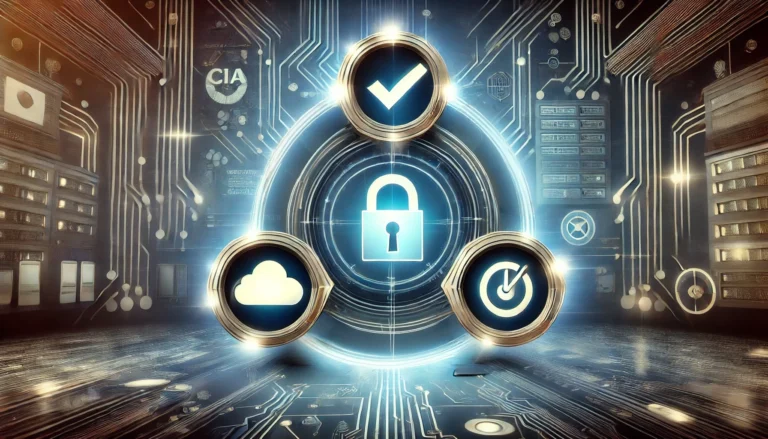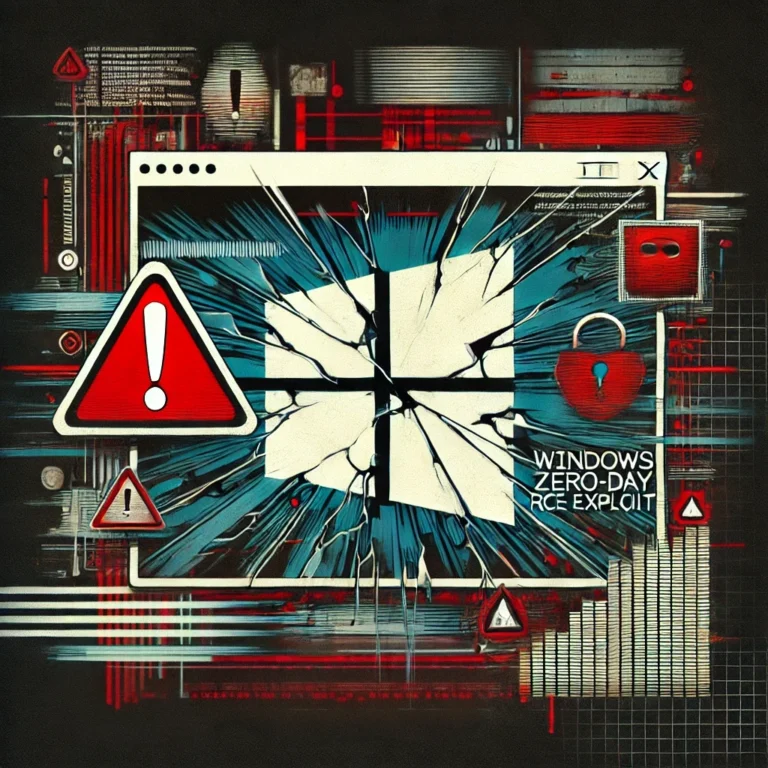Note: This guide is tailored for everyday workplace security—not heavyweight enterprise systems. If you’re aiming to protect email accounts, personal computers, USB access, and general office behaviour, you’re in the right place.
Why Employee Security Awareness Matters More Than Ever
Every organisation is only as strong as its weakest human link. Whether it’s an inbox phishing scam or someone casually plugging in an unfamiliar USB, human error remains a top cause of breaches. In fact, 89% of businesses see human error as their primary cybersecurity hurdle, with poor user habits and lack of training cited as key concerns (hoxhunt.com, IT Pro).
Meanwhile, the “human firewall”—your employees—is your first line of defence. Whether you’re a small business or growing team, fostering the right culture and awareness can save time, money, and reputation.
Below, you’ll find five actionable strategies, each grounded in best practices and real-world examples. Ready to make security part of your daily flow? Let’s dive in.
1. Run Regular Phishing Simulations—It’s the Fire Drill of Email Security
People learn by doing, not just by reading. That’s why simulated phishing campaigns—designed to mimic real phishing attempts—are powerful training tools.
When you send out mock phishing emails to your employees, you’re not setting traps—you’re offering practice. If someone clicks, it’s not failure. It’s a chance to learn. Offer instant, friendly feedback and guidance. Over time, employees become savvier and more vigilant (TechRadar, todyl.com).
Simulations work particularly well when paired with storytelling or role-play. One study even found that gamified methods can improve long-term retention of security behaviour.
Think of it like a routine safety drill: quick, frequent, low-stress—but highly effective.
2. Raise Hardware Awareness: Notice When Something’s Off
Most awareness programs focus on software. But physical security matters too. That includes noticing changes in the hardware environment—unfamiliar USB drives, moved peripherals, unusual access points.
Your staff may dismiss a USB stick accidentally plugged into their computer. Malware hiding on a thumb drive can do serious damage. Educating employees to treat any unexpected hardware with caution—mirroring best practices like disabling USB ports or using secured, locked cases—helps catch threats at the first stage.
Encourage employees to be the eyes and ears of security. If something feels out of place—like a new cable, stranger’s badge, or unfamiliar device—that awareness can be your first line of defense. Embed this behaviour as a normal part of day-to-day workflow.
3. Build a Modern Password Policy—One People Can Actually Follow
Gone are the days of forcing regular password rotations. New NIST guidelines discourage complexity requirements and frequent forced changes, which often backfire—leading to weak, reused, or written-down passwords (envoy.com).
Instead, encourage:
- Passwords at least 8 characters long, with allowance for passphrases up to 64+ characters (check our our article on password policies here)
- Use of a password manager (like LastPass, 1Password, or open-source alternatives), making strong, unique passwords realistic (tryriot.com).
- Multi-Factor Authentication (MFA) wherever possible—preferably phishing-resistant methods rather than SMS.
By removing complexity without compromising strength, you create a policy people actually use—rather than circumvent.
4. Establish Authentic Reporting and a Culture That Welcomes Mistakes
If security awareness training is just for compliance, people check the box—and forget it. But if your organisation frames security as shared accountability, it’s a different story (PMC).
Make it safe to own mistakes. Encourage employees to report suspicious phishing emails, hardware oddities, or accidental login attempts—even if they clicked a link. Never shame—always support with guidance and quick intervention. This reinforces a culture of vigilance and shared responsibility.
Leadership sets tone. When managers model openness, admitting mistakes and acting swiftly, employees follow suit. This reduces fear and increases transparency across the board.
5. Reinforce Learning with Interactive, Ongoing Training
A single training session is not enough. You need a drip-feeding approach—ongoing sessions that integrate into daily workflow.
Combine short refresher videos (3–5 minutes), interactive quizzes, and real-world stories to keep awareness sharp (cmitsolutions.com, hoxhunt.com). Gamified micro-learning—like quizzes that reward correct behavior—boosts engagement and retention (IT Pro).
Tailor content to roles. A finance assistant needs different phishing awareness than a salesperson receiving vendor invoices. The more relevant the training, the more it sticks.
Quick Comparison Table
| Strategy | Purpose | How It Helps Employees Improve Awareness |
|---|---|---|
| Phishing Simulations | Practice spotting malicious emails | Reinforces recognition through real-like practice |
| Hardware Awareness | Notice anomalies in physical environment | Catches threats before they breach software layers |
| Modern Password Policy | Encourage strong, memorable, safe credentials | Aligns security with user behavior, not against it |
| Reporting Culture | Promote safe admission of mistakes | Builds trust, reduces shame, encourages vigilance |
| Ongoing Interactive Training | Keep awareness fresh and relevant | Sustains learning over time and adapts to role/context |
Bringing It All Together: How to Start
- Kick off with a baseline survey or quiz to gauge current awareness and risks.
- Initiate a phishing campaign, then follow up with friendly, constructive coaching.
- Communicate updated password guidelines and roll out password managers and MFA.
- Lead with authenticity—ask managers to model vulnerability and support reporting.
- Follow with ongoing training modules and periodic simulations.
- Measure change. Are click rates down? Are reports up? Use data to refine and adapt over time.





